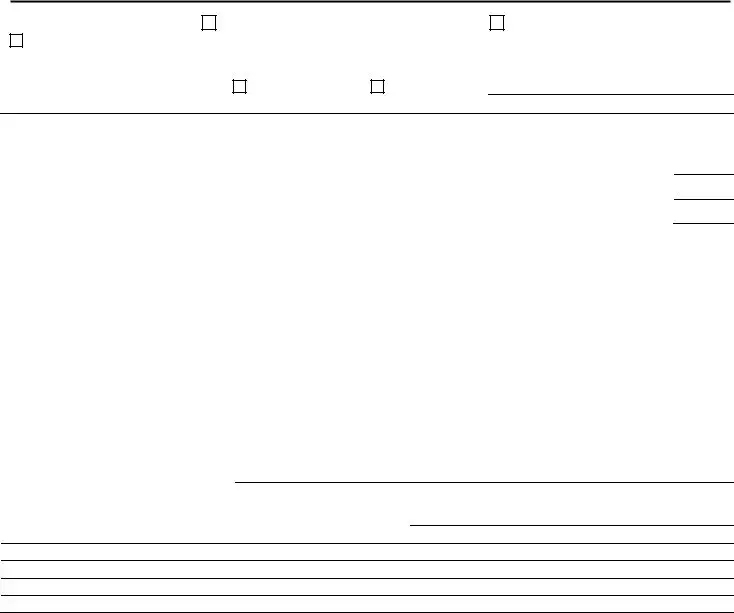In the realm of child welfare and protection, the role of mandated reporters is crucial. They serve as the eyes and ears on the ground, identifying and communicating potential cases of child abuse and neglect to the relevant authorities. The DCFS CW CPI-2 form stands at the heart of this critical reporting process, facilitating a streamlined and directed method for these individuals to fulfill their legal and ethical obligations. Designed by the Department of Children and Family Services (DCFS), this form not only aids mandated reporters in Louisiana in making their initial written reports to either DCFS or law enforcement but also offers a structured format for follow-up to previous oral reports. With comprehensive sections that guide the reporter through documenting essential details about the suspected child victim(s), the suspected perpetrator(s), and the nature and extent of the abuse or neglect, this form emphasizes the gravity and sensitivity of the information being reported. Moreover, it balances the need for thoroughness with the urgency of the situations it addresses, requiring that any known or pertinent information be shared, while also acknowledging the practical limitations reporters may face in collecting data. The ultimate aim of the DCFS CW CPI-2 form is clear: to safeguard the well-being of children by ensuring that reports of abuse and neglect are made in an informed, timely, and effective manner, underscoring the vital collaboration between mandated reporters, DCFS, and law enforcement in the protection of vulnerable children.

